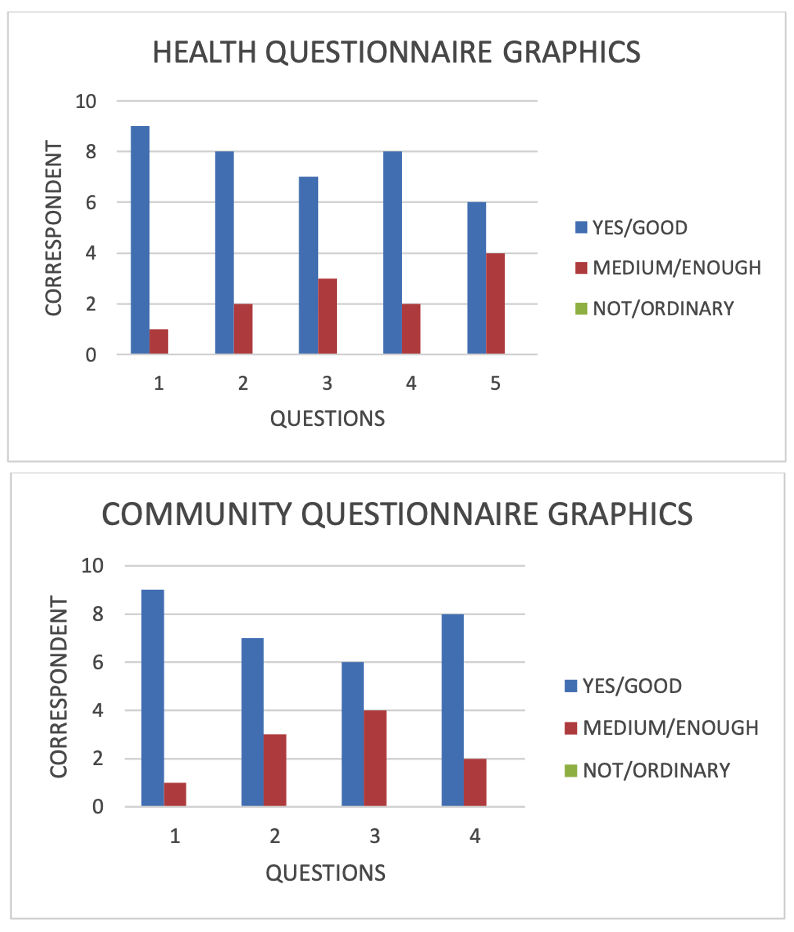Implementation of Agglomerative Hierarchical Clustering Based on The Classification of Food Ingredients Content of Nutritional Substances
DOI:
https://doi.org/10.25299/itjrd.2021.6872Keywords:
Agglomerative hierarchical, Clustering, Average Linkage, Nutrients, Silhouette IndexAbstract
Health is something very precious. Maintaining health can be done in many ways, one of them by keeping your diet. The correct diet will keep your immune system so that it can avoid various diseases. The proper diet will also put the body in a balanced nutrition state, which all need to be nourished. Nutrient requirements include calories, protein, fat, carbohydrates, calcium, phosphorus, iron, vitamin A, vitamin B, and vitamin C with a mass of 100 grams each. To facilitate the search for nutrients needed, then build a system that can categorize food based on its nutritional status and calculate the average value of nutrients in agglomerative hierarchical clustering using average linkage. Calculation of intermediate linkage methods produces data that has some similarities to the data sought nutrients that can be seen from its index, so precise data are in each group.
Downloads
References
Sutrisno, Afriyudi, and Widiyanto, “Penerapan Data Mining Pada Penjualan Menggunakan Metode Clustering Study Kasus Pt . Indomarco,” Penerapan Data Min. Pada Penjualan Menggunakan Metod. Clust., vol. Vol.x No.x, no. Data Mining, pp. 1–11, 2013, [Online]. Available: http://eprints.binadarma.ac.id/78/1/PENERAPAN DATA MINING PADA PENJUALAN MENGGUNAKAN METODE CLUSTERING STUDY KASUS PT. INDOMARCO PALEMBANG.pdf.
H. A. Parhusip and J. T. Natangku, “Pengelompokan Zat Gizi Makanan Menggunakan Analisis Diskriminan,” Pros. Semin. Nas. …, no. May 2011, 2011, [Online]. Available: http://eprints.undip.ac.id/33919/.
M. Budiyanti and M. N. Estri, “Fuzzy C-Means Clustering Untuk Pengelompokan Bahan Makanan Berdasarkan Kandungan Zat Gizi,” J. Ilm. Mat. dan Pendidik. Mat., vol. 4, no. 1, p. 223, 2012, doi: 10.20884/1.jmp.2012.4.1.2958.
T. Alfina and B. Santosa, “Analisa Perbandingan Metode Hierarchical Clustering, K-Means dan Gabugan Keduanya dalam Membentuk Cluster Data (Studi Kasus : Problem Kerja Praktek Jurusan Teknik Industri ITS),” Anal. PerbandinganMetode Hierarchical Clust. K-means dan Gabungan Keduanya dalam Clust. Data, vol. 1, no. 1, pp. 1–5, 2012.
D. J. Hand, Principles of data mining, vol. 30, no. 7. 2007.
A.-H. Tan, “Text Mining: The state of the art and the challenges,” Proc. PAKDD 1999 Work. Knowl. Disocovery from Adv. Databases, vol. 8, pp. 65–70, 1999, doi: 10.1.1.38.7672.
Arbie, 2004, Manajemen Database dengan MySQL, ANDI, Yogyakarta.
Djaeni Sediaoetama, Achmad., 2008, Ilmu Gizi Untuk Mahasiswa dan Profesi, Dian Rakyat, Jakarta.
Fatansyah., 2001, Basis Data dan DBMS, Informatika, Bandung.
Hand, David, Mannila, Heikki, dan Smyth, Padhraic. Principles Of Data Mining. The MIT Press, 2001.
Hartono, Jogiyanto., 2005, Analisis dan Desain Sistem Informasi Pendekatan Terstruktur Teori dan Praktek Aplikasi Bisnis, Andi, Yogyakarta.
Prasetyo, Eko., 2014, Data Mining Mengolah Data Menjadi Informasi Menggunakan Matlab, Andi, Yogyakarta.
Juhari, Ahmad., 2013, Dasar-dasar Ilmu Gizi, Jaya Ilmu, Yogyakarta.
R. Muchtadi, Tien., dkk, 2011, Ilmu Pengetahuan Bahan Pangan, Alfabeta, Bandung.
Santosa, Budi., 2007., Data Mining Teknik Pemanfaatan Data Untuk Keperluan Bisnis, Graha Ilmu, Yogyakarta.
Sandjaja., dkk., 2009, Kamus Gizi, PT. Kompas Media Nusantara, Jakarta.
Sutanta, Edhy., 2004, Sistem Basis Data, CV. Graha Ilmu, Yogyakarta.
Thearling, Kurt. An Introduction To Data Mining. Whitepaper. http://www3.shore.net/~kht/dmwhite/dmwhite.html, 6 December 2020.
Kamus Kesehatan, http://kamuskesehatan.com/arti/, 6 December 2020.

Downloads
Published
How to Cite
Issue
Section
License
This is an open access journal which means that all content is freely available without charge to the user or his/her institution. The copyright in the text of individual articles (including research articles, opinion articles, and abstracts) is the property of their respective authors, subject to a Creative Commons CC-BY-SA licence granted to all others. ITJRD allows the author(s) to hold the copyright without restrictions and allows the author to retain publishing rights without restrictions.















